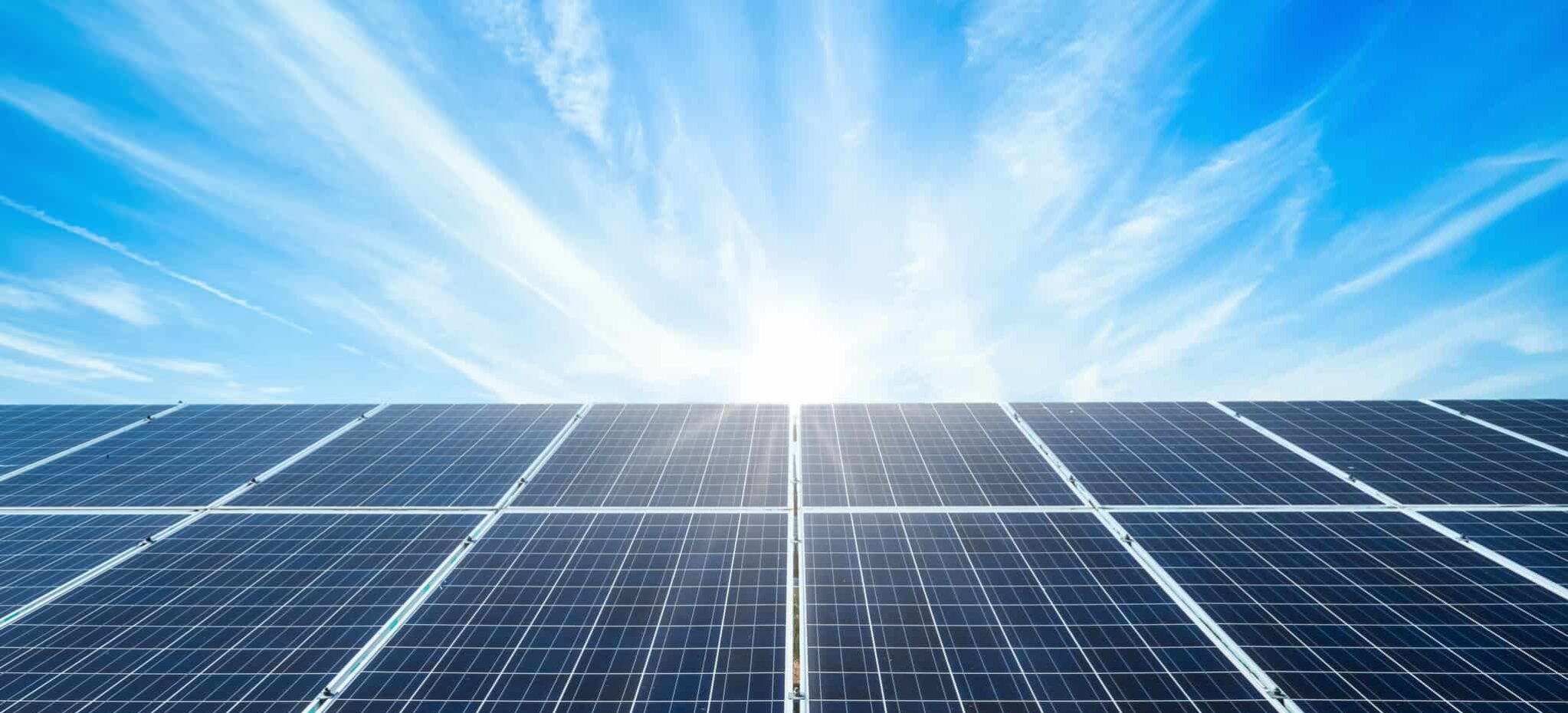Over the past few years, more and more homeowners have been switching to renewable energy sources such as solar. Actually, according to research, there have been at least 2 million solar installations in all 50 states across the country. And while that number is constantly increasing, an equal number of people are still researching solar energy. In fact, one of the most common questions is where does the sun rise and set to properly place my solar panels. Fortunately, we are here to answer that question and take a closer look at solar energy as a whole.
How Does Solar Energy Work?
Solar energy refers to any type of energy that can be harnessed from the sun using solar panels. And depending on your needs, you can convert solar energy into electricity or heat, making it one of the most versatile types of renewable energy.
But what are solar panels? To put it simply, solar panels are an assembly of photovoltaic cells which are mounted into a framework. Using the photovoltaic effect, those cells absorb sunlight during daylight hours and convert it into electricity. Therefore, it’s important to place solar panels properly in order to capture as much sunlight as possible.
Where Does the Sun Rise and Set to Properly Place My Solar Panels?
As previously stated, to get the most out of a photovoltaic system, the solar panels need to be orientated towards the sun. Yet, while the panels are stationary, the sun isn’t, meaning that it’s constantly changing its position relative to the earth. As a result, it can be almost impossible to perfectly align the solar panels in order to capture as much sunlight as possible.
However, thanks to hundreds of years of technological advancements, we can predict the sun’s position during its entire rotation cycle. Even so, constantly changing the angle and position of solar panels to follow the sun’s path is a daunting task. Luckily, researchers have come with a solution that can help you capture as much sunlight as possible.
Always Choose South
Generally speaking, in the northern hemisphere, most professionals recommend installing solar panels facing south. Why? Because that guarantees the maximum exposure of sunlight throughout the day, no matter what season. However, this rule applies to the true south, not the magnetic south, as they are two different things.
The magnetic south is shown when we use a compass and is the south that points to the Earth’s south magnetic pole. In contrast, the true south refers to the geographical south, which is the direction towards the South Pole. Therefore, you should use the true south as a landmark when positioning your solar panels.
It’s also worth noting that it may be beneficial to slightly rotate the solar panels away from the south. As an example, if you are using solar panels to generate electricity for your home, you could face them southwest. Doing so will increase the amount of solar exposure during afternoon and evening hours when people are most likely to be home.
What About the Angle?
When it comes to angle or tilt, things are still under debate, as people have different opinions about the subject. Nevertheless, the consensus is that the solar panel tilt angle should be equal to the geographical latitude. For instance, if you place the solar panel at 60° latitude, then the optimal tilt angle is equal, in our case, to 60°.
The Bottom Line
Overall, even though properly positioning your solar panels is important, the process is much more simple than it first appears. As long as you place them facing south and tilt them appropriately, you should be able to capture as much sunlight as you need. And while wondering where does the sun rise and set to properly place my solar panels is important, by following our advice, you can easily set up your solar panels to get the most out of them.
Read These Popular Solar Topics Regarding 2021
How do Solar Panels Work?
Looking for the Best Solar Installers?
Providing the Best Solar Panels in Florida





